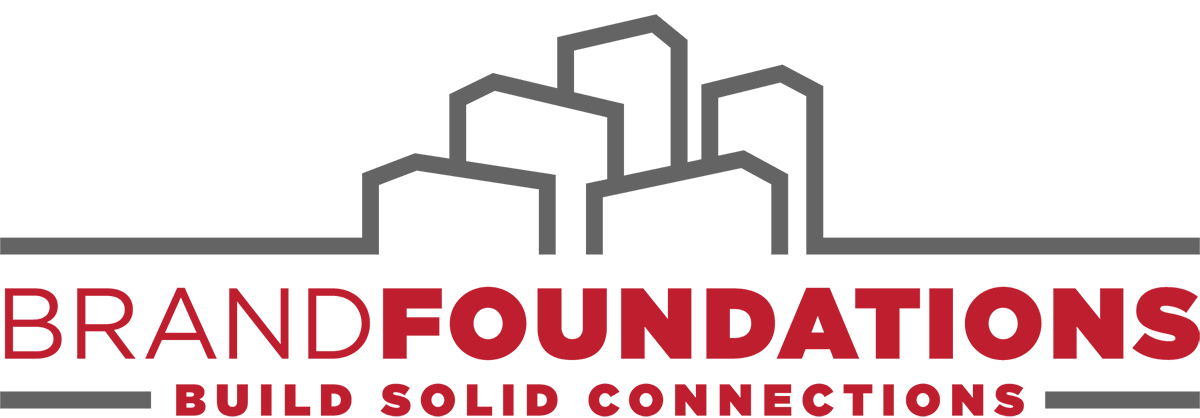What really brings your people to work every day? Is it a paycheck, or something deeper?
In a 2010 study, researchers at Princeton University found that increasing monetary compensation increased employee happiness (“emotional well-being”) only until about $75,000 of income, after which it showed diminishing returns. (It should be noted that the $75,000 figure is an average across the U.S. and the actual numbers vary by state and cost of living.)
But this makes intuitive sense. Raising an employee’s income from $35,000 to $70,000 can make a huge difference in their quality of life and potentially unleash incredible loyalty and productivity. They may actually care twice as much and put forth twice the effort because the additional compensation has fundamentally changed their basic emotional well-being.
However, raising an employee’s income from $125,000 to $250,000 may make them feel better about their station in life, but it’s unlikely to make them appreciate the job twice as much, or work twice as hard for the organization.
Understanding The Science of Motivation
It has long been known that humans respond to two distinct classes of motivation:
Extrinsic Motivators: External rewards (e.g., compensation, recognition, grades/awards, etc.) as well as threats (e.g., being fired, dismissed, abandoned, etc.). This type of motivation arises from outside the individual rather than from within.
Intrinsic Motivators: Internal rewards such as passion, knowledge or personal enjoyment and satisfaction. This type of motivation originates from inside of the individual rather than in response to any outside stimuli.
The key to maximizing – and sustaining – employee motivation is to properly mix both forms. Compensation is an extrinsic motivator. It can move people up the scale of effort, caring (about the job/organization) and happiness, but apparently only so far and for only so long. To sustain and drive that motivation further leaders need to unleash intrinsic motivations. Rather than just investing more in compensation and rewards, why not invest in the things that motivate people from the inside?
Using Brand Purpose for Intrinsic Motivation
The purpose and culture behind your company’s brand are the most powerful ways to do that. And for further proof we can turn to Maslow’s famous hierarchy of needs.
If we assume the $75,000 income from the Princeton study is a “basic income,” it’s clear that it can address the bottom rungs of Maslow’s hierarchy, providing the funds necessary to achieve basic physiological and safety needs. If we assume any compensation over that figure is “advanced income,” we see that it can reach farther up into the hierarchy. Money can’t buy love, but it can move you into new social circles of happiness and belonging, and it can certainly bring a form of self-esteem and respect. But money’s contribution to social belonging/status and self-esteem are fleeting at best.
Furthermore, no amount of income can bring someone to the top of Maslow’s hierarchy where self-actualization occurs.
But the purpose behind your brand – the promise of how it will improve the lives of its customers, employees and others – most certainly can drive self-actualization and esteem. Combined with your corporate culture – employees’ shared behaviors and beliefs – it can create a powerful (call it “tribal”) sense of belonging and camaraderie as well.
Lead From Both Sides of the Ledger
Just as leaders need to focus on both sides of the financial ledger (income and expenses) and optimize each for profitability, so too do they need to focus on both sides of the motivational ledger (intrinsic and extrinsic) optimizing each to unleash and sustain the maximum performance of their people.
Your brand – and the purpose and culture that drive it – can serve as the foundation for those intrinsic motivators.
Unsure how strong your brand purpose is? Download our self-assessment and then contact us to see how you can better motivate your people with purpose.


